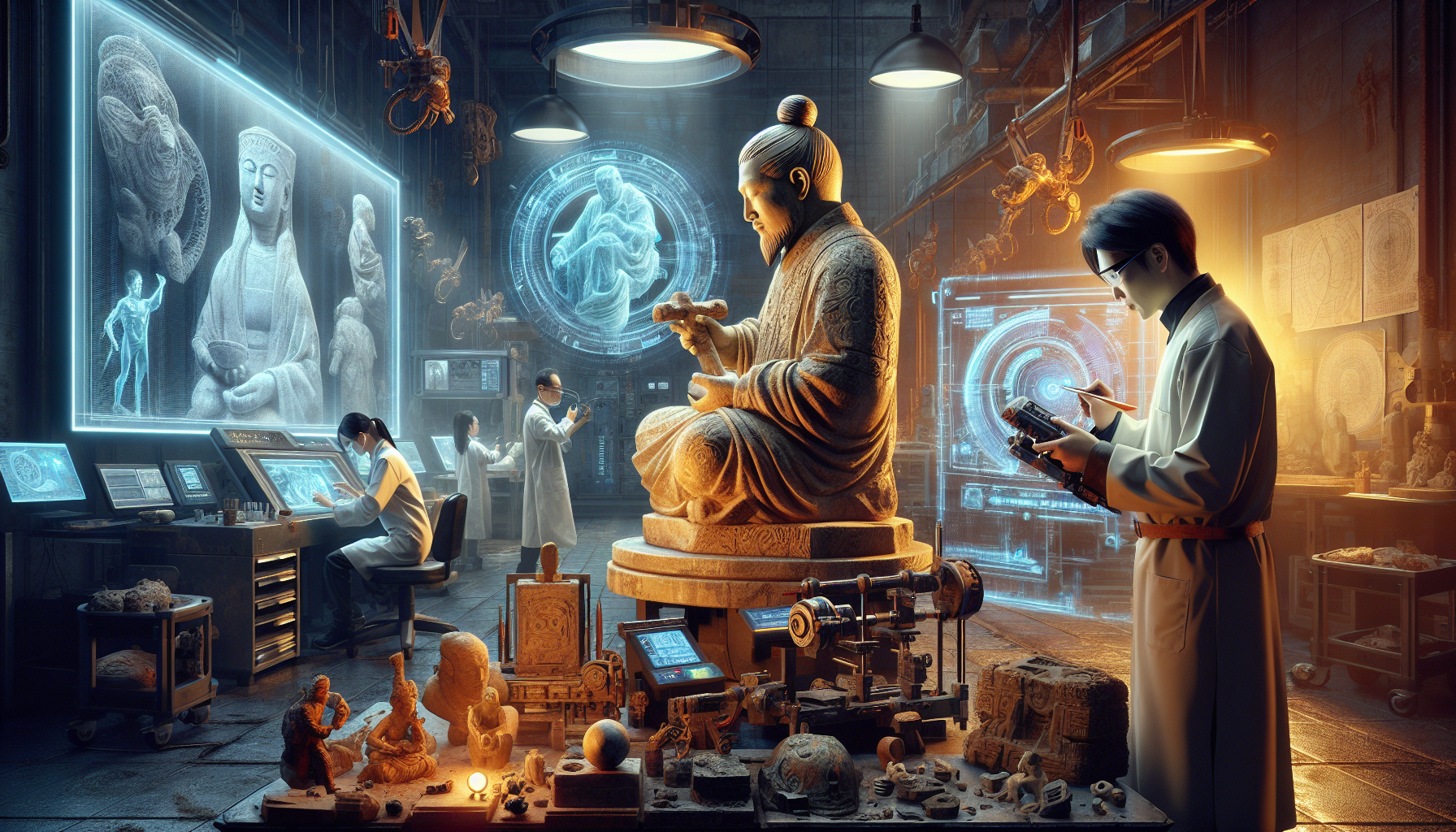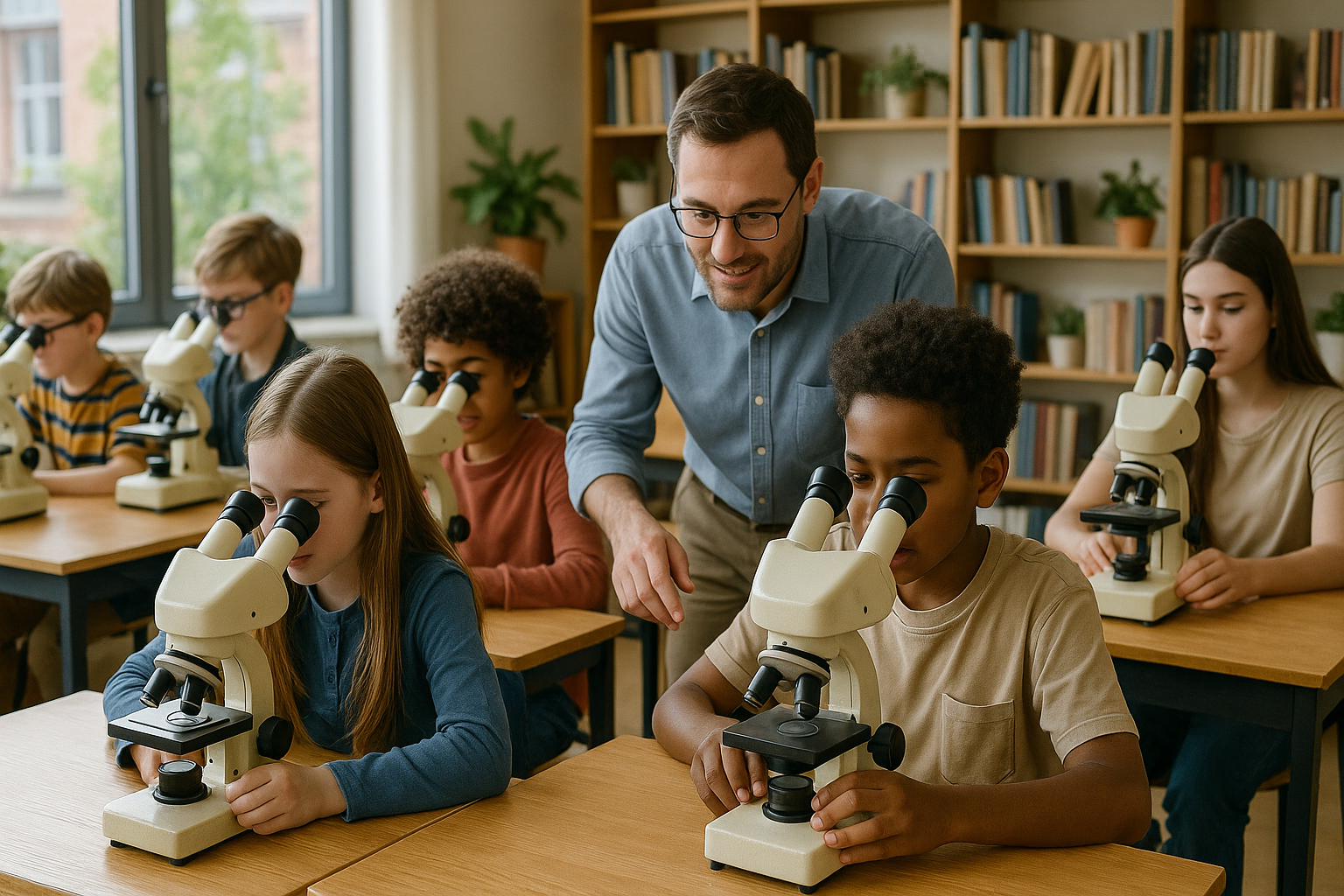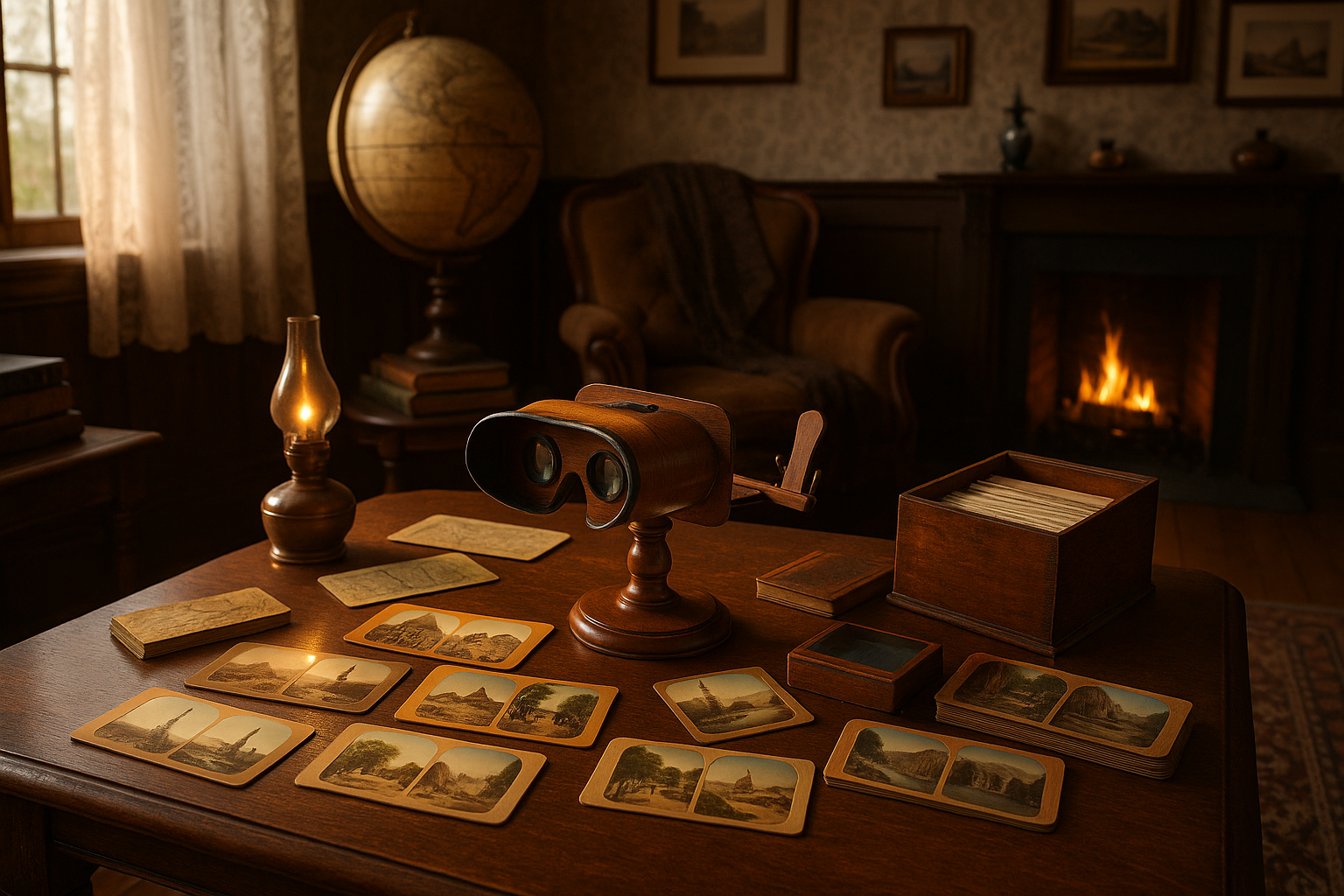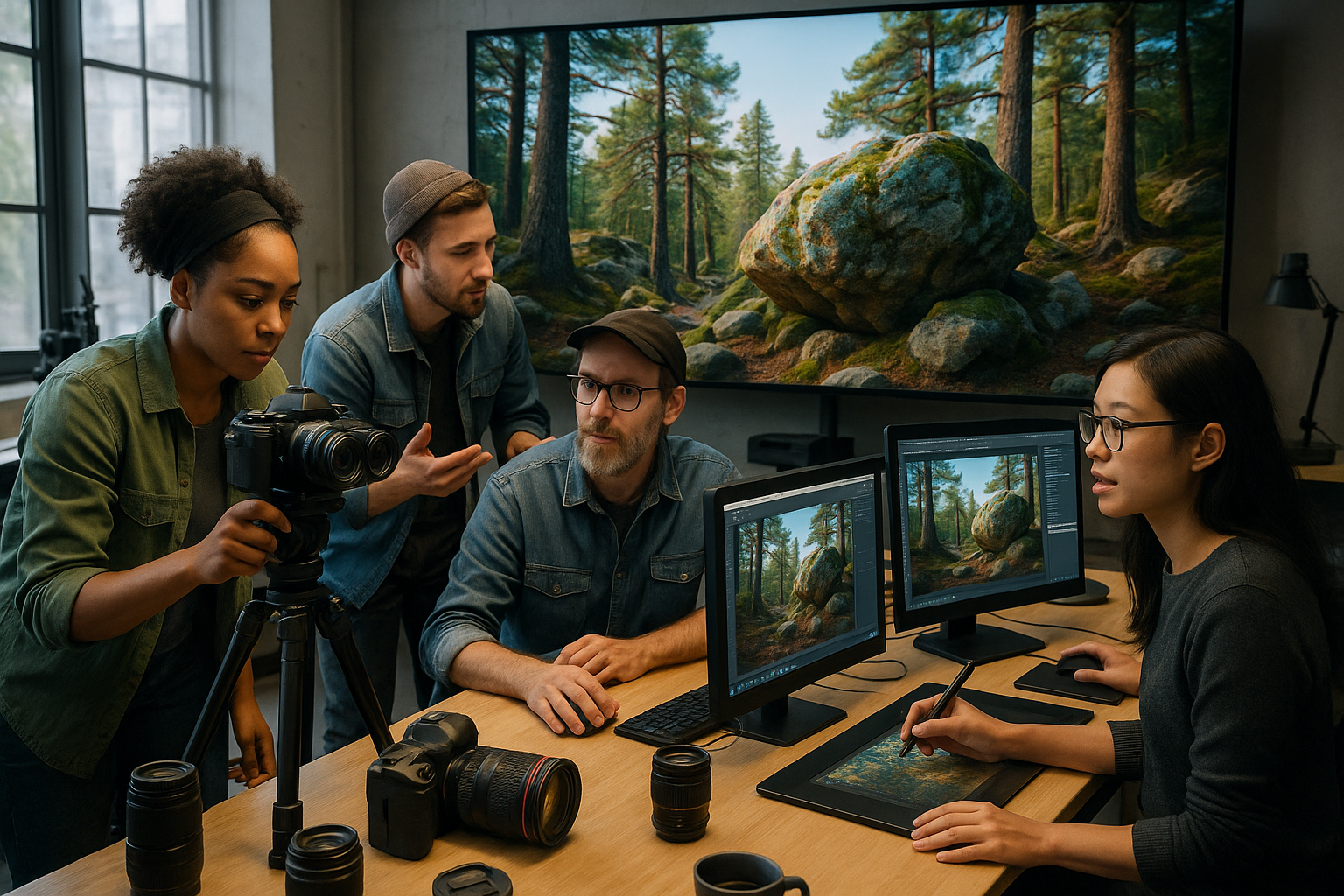In the vast tapestry of human history, the intricate patterns of innovation, discovery, and cultural evolution are often best appreciated through the artifacts left behind. These artifacts, however, are not mere remnants of the past; they are storytellers, guardians of wisdom, and windows into bygone eras. Yet, as time marches on, the original pieces become more fragile, scarce, and sometimes inaccessible. Enter the fascinating world of modern replicas and historical experiments—a field that doesn’t just preserve history but revolutionizes our understanding of it. 🌍
Imagine holding in your hand a precise replica of an ancient Greek amphora or witnessing a Viking longship skillfully navigated across a fjord, constructed using the same techniques that seafaring Norsemen employed over a millennium ago. These replicas and experiments do more than just mimic; they breathe life back into history, providing tactile, visual, and experiential insights into the lives of our ancestors. It’s as if history steps out from the pages of dusty tomes and becomes an interactive experience, inviting us to not just learn about the past but to engage with it.
The resurgence of interest in historical replicas and experiments is driven by a blend of technology, curiosity, and a deep-seated desire to connect with our roots. Modern craftsmen and historians collaborate using advanced tools like 3D printing and digital modeling to create replicas that are stunningly accurate. Meanwhile, experimental archaeologists dive headfirst into hands-on projects, from building Stone Age dwellings using authentic techniques to recreating the agricultural practices of early civilizations. These endeavors are not merely academic; they have profound implications for our understanding of history, offering new perspectives and challenging long-held assumptions.
The Rise of Historical Replicas and Experiments
In recent years, historical replicas and experimental archaeology have gained significant momentum, transforming the way we perceive and understand history. This innovative approach merges the realms of art, science, and history, providing a tangible connection to the past through meticulous recreations and immersive experiments. But what fuels this fascination with replicas and historical experimentation? The answer lies in our innate curiosity and desire to experience history firsthand, transcending beyond traditional narratives and textbooks.
Historical replicas serve as a bridge to the past, offering a tangible connection to epochs gone by. Whether it is a precise reproduction of ancient pottery or a full-scale replica of a Viking ship, these creations allow us to appreciate the craftsmanship and intricacies of historical artifacts. This burgeoning interest in replicas is also propelled by technological advancements, such as 3D printing and laser scanning, which enable the creation of highly accurate and detailed reproductions. For instance, museums around the world are now able to showcase replicas of artifacts that are too fragile to be displayed, ensuring wider public access to our shared heritage.
Experimental archaeology, on the other hand, takes a more hands-on approach by recreating ancient techniques and processes to gain insights into past human behaviors and technologies. This method allows historians and archaeologists to test hypotheses about how ancient societies lived and worked, often yielding surprising discoveries. For example, experiments in ancient metallurgy have shed light on the sophisticated techniques used by early blacksmiths, challenging previously held assumptions about their capabilities. Through such experiments, researchers can validate historical theories or propose new ones, enhancing our understanding of the past.
Technological Innovations Driving the Movement
Technological innovation plays a pivotal role in the replication and experimental archaeology movement. 3D printing, in particular, has revolutionized the production of replicas, allowing for precise recreations of objects that would otherwise remain inaccessible to the public. This technology enables the creation of detailed models from digital scans, which can then be printed in various materials ranging from plastic to metal. This democratization of access to historical artifacts is reshaping museum experiences, as visitors can now interact with replicas that closely resemble their original counterparts.
Another significant technological advancement is the use of virtual and augmented reality in historical experimentation. These tools allow for immersive experiences, transporting users back in time to witness historical events or explore ancient environments. Virtual reality can recreate entire ancient cities, while augmented reality can overlay historical information onto real-world settings. This combination of the physical and digital realms enriches our understanding of history, offering new perspectives and insights into how ancient societies functioned.
Moreover, advances in materials science have expanded the possibilities for creating replicas. Innovations in polymers and composites have made it possible to replicate the texture, color, and weight of original artifacts more accurately. These materials are not only durable but also environmentally friendly, aligning with the growing emphasis on sustainable practices within the field. By utilizing cutting-edge technologies and materials, the replication and experimental archaeology movement continues to push boundaries, offering fresh and dynamic interpretations of our past.
The Role of Museums and Educational Institutions
Museums and educational institutions are at the forefront of the historical replication movement, using replicas and experiments as tools to engage and educate the public. These institutions have long recognized the power of tactile and interactive learning experiences, and replicas offer a unique way to foster deeper connections with history. By allowing visitors to physically interact with replicas, museums can create memorable experiences that enhance learning and retention.
Many museums are now incorporating replicas into their exhibits, providing a hands-on component that complements traditional displays. For example, the British Museum has a collection of replica artifacts that visitors can touch, offering a sensory dimension to the learning experience. Educational programs and workshops also utilize replicas to teach students about historical technologies and processes, bridging the gap between theoretical knowledge and practical application. This approach not only captivates learners but also inspires future generations of historians and archaeologists.
Furthermore, educational institutions are increasingly collaborating with researchers and technologists to develop innovative teaching tools. Virtual reality experiences, for instance, are being integrated into history curriculums, allowing students to explore ancient civilizations in an immersive way. These collaborations are fostering a new wave of educational methodologies that emphasize experiential learning, ultimately enriching our understanding of history.
Challenges and Ethical Considerations
While the replication and experimental archaeology movement offers exciting possibilities, it is not without its challenges and ethical considerations. One of the primary concerns is the potential for replicas to be mistaken for originals, particularly when they are highly accurate and detailed. This raises questions about authenticity and the integrity of historical artifacts, prompting museums and researchers to implement strict labeling and documentation protocols to distinguish replicas from originals.
Another ethical consideration is the cultural sensitivity surrounding certain artifacts and historical sites. Indigenous and local communities may have specific beliefs and traditions regarding their cultural heritage, and the replication of artifacts or reenactment of historical events must be approached with respect and consultation. Collaborative efforts between researchers, museums, and communities are essential to ensure that historical replicas and experiments are conducted in a culturally sensitive manner.
Additionally, there is an ongoing debate about the potential commercialization of historical replicas. As interest in replicas grows, there is a risk of commodifying cultural heritage, turning it into a marketable product rather than a tool for education and preservation. Balancing commercial interests with ethical considerations is crucial to maintaining the integrity and purpose of historical replication and experimentation.
Comparative Analysis: Traditional vs. Modern Replicas
| Aspect | Traditional Replicas | Modern Replicas |
|---|---|---|
| Materials | Natural materials (wood, clay, stone) | Synthetic materials (plastic, metal, composites) |
| Production Method | Handcrafted | 3D Printing, Digital Scanning |
| Accuracy | Variable | High |
| Accessibility | Limited | Widely Available |
Check out the table above to see the differences between traditional and modern replicas. 🧐
The Future of Historical Replication and Experimentation
Looking ahead, the future of historical replication and experimentation is filled with exciting possibilities. As technology continues to advance, the potential for even more accurate and immersive experiences grows exponentially. The integration of artificial intelligence, for instance, could further enhance the accuracy of replicas and simulations, providing deeper insights into historical events and processes.
Collaboration across disciplines will also play a crucial role in shaping the future of the field. Historians, archaeologists, technologists, and artists are increasingly working together to create innovative projects that push the boundaries of traditional historical study. These interdisciplinary efforts are not only expanding our understanding of history but also fostering a greater appreciation for the complexities and nuances of our past.
Finally, as public interest in history and cultural heritage continues to grow, there is a unique opportunity to engage wider audiences and inspire future generations. By embracing new technologies and methodologies, the replication and experimental archaeology movement can continue to captivate and educate, ensuring that history remains a vibrant and dynamic field of study.
For a more visual understanding of this fascinating topic, watch the video below:
Watch on YouTube (Example Title, Example Channel)

Conclusion
Conclusion: Revolutionizing History: Discovering the World of Modern Replicas and Experiments
As we reach the conclusion of our exploration into the fascinating world of modern replicas and experimental archaeology, it’s crucial to reflect on the remarkable insights we’ve gained and the profound implications these endeavors have for our understanding of history. By delving into this intriguing topic, we’ve unearthed a wealth of knowledge that not only enhances our appreciation of the past but also informs our present and future.
One of the central points we’ve explored is the role of modern replicas in bridging the gap between ancient civilizations and contemporary society. Replicas serve as tangible connections to bygone eras, allowing us to experience history in a manner that’s both immersive and enlightening. Through meticulous craftsmanship and advanced technology, these replicas offer a window into the daily lives, cultures, and innovations of our ancestors. Whether it’s a replica of a Viking longship navigating modern waters or a reconstruction of a Roman villa offering a glimpse into ancient domestic life, these projects enable us to engage with history in ways that traditional methods cannot. 🌍
Furthermore, we’ve delved into the significance of experimental archaeology as a powerful tool for unraveling historical mysteries. By recreating ancient techniques and technologies, researchers can test hypotheses and validate historical records in a controlled, experimental setting. This hands-on approach has yielded invaluable insights into everything from ancient construction methods to the dietary habits of early humans. For instance, by reconstructing Stone Age tools and using them in practical applications, archaeologists have gained a deeper understanding of the resourcefulness and ingenuity of our prehistoric ancestors.
The impact of these modern replicas and experiments extends beyond academic circles. Museums, educational institutions, and cultural organizations worldwide have embraced these initiatives to make history more accessible and engaging for the public. Interactive exhibits featuring replicas and experimental demonstrations provide visitors with a visceral understanding of history, fostering a sense of connection and curiosity that traditional displays often lack. This democratization of history empowers individuals from all walks of life to engage with the past in meaningful ways.
Importantly, the integration of modern technology into the creation of replicas and experimental archaeology has expanded the boundaries of what is possible. 3D printing, virtual reality, and digital modeling have revolutionized the field, enabling the creation of highly detailed and accurate replicas that were once unimaginable. These technologies allow for the preservation of artifacts and sites in digital form, safeguarding them for future generations while making them widely accessible through online platforms. This fusion of technology and history has opened new avenues for research, education, and cultural preservation.
As we consider the broader implications of these advancements, it’s clear that the field of modern replicas and experimental archaeology plays a pivotal role in shaping our understanding of history. By challenging conventional narratives and offering new perspectives, these initiatives encourage critical thinking and inspire a lifelong love of learning. They remind us that history is not a static collection of facts, but a dynamic tapestry woven from the threads of human experience.
The importance of continuing to support and invest in these endeavors cannot be overstated. As we strive to preserve our cultural heritage and learn from the past, modern replicas and experimental archaeology offer invaluable tools for achieving these goals. They invite us to question, explore, and discover, fostering a sense of wonder and curiosity that is essential for personal and societal growth.
In conclusion, the world of modern replicas and experiments represents a revolution in how we engage with history. It challenges us to think creatively, to question assumptions, and to embrace the complexity of the human experience. As we move forward, let us continue to champion these initiatives, recognizing their capacity to enrich our lives and deepen our understanding of the world around us.
I encourage you, dear reader, to delve deeper into this fascinating field. Share your thoughts, engage in discussions, and explore how these innovative approaches to history can impact your own perspective and understanding. Whether you’re an educator, student, or history enthusiast, there’s a place for you in this exciting journey of discovery. Together, let’s continue to revolutionize our relationship with history, ensuring that the lessons of the past remain a vibrant and integral part of our future. 🌟
For further reading and exploration, consider visiting reputable sources such as Smithsonian’s 3D Digitization and The Archaeological Institute of America’s Interactive Digs, where you can find ongoing projects and resources that bring history to life.
Toni Santos is a visual historian and artisan whose creative lens is captivated by the forgotten marvels of antique optical devices. Through his thoughtful storytelling, Toni revives the instruments that once transformed light into wonder—camera obscuras, magic lanterns, kaleidoscopes, and other ingenious tools that shaped our earliest visual imaginations.
His journey is rooted in a fascination with how humans have long sought to bend, reflect, and reveal the unseen. Whether tracing the mechanical poetry of 19th-century projectors or illustrating the tactile elegance of early lenses, Toni’s work invites us to see vision itself as an evolving art form.
Blending handcrafted design with historical inquiry, Toni brings to life the material soul of these devices—celebrating not just how they functioned, but what they meant. His creations and curated stories illuminate a world where science, illusion, and beauty were intricately linked through glass and brass.
As the curator of Vizovex, Toni shares detailed studies, reconstructed artifacts, and immersive content that help others rediscover the origins of visual technology and the magic of analog perception.
His work is a tribute to:
The craftsmanship behind early visual instruments
The wonder of seeing through the eyes of another century
The intersection of optics, art, and imagination
Whether you’re a collector, a designer, or someone drawn to the lost poetry of vision, Toni welcomes you into a world where light is a storyteller—one prism, one lens, one forgotten invention at a time.





